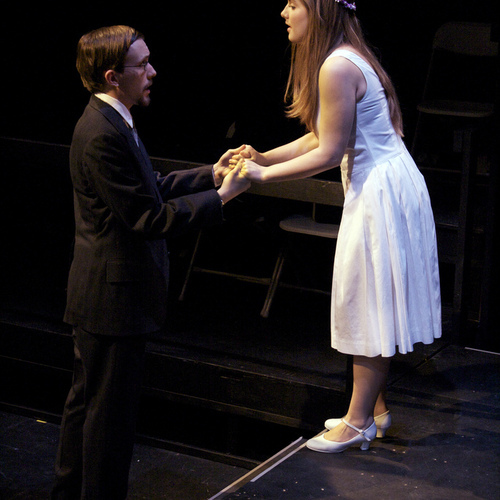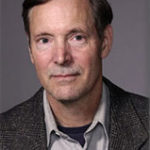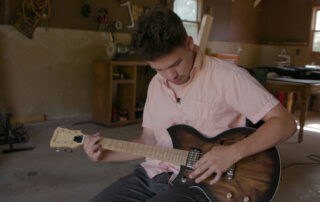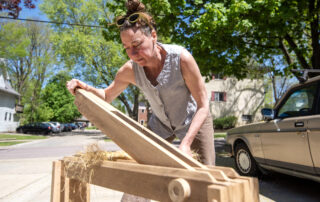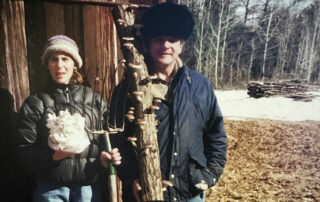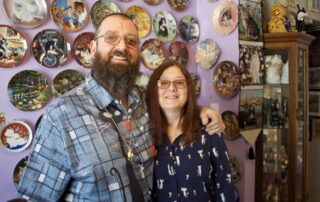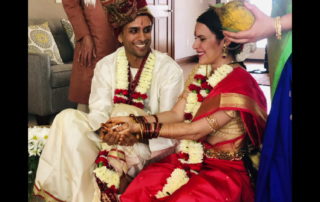Valentine’s Day can elicit groans but it also inspires reflections on the meaning of love. Writer John Hildebrand considers marriage and the bonds that tie us all together.
==
Recently, I attended a colleague’s wedding. The bride wore a traditional Hmong woman’s wedding outfit: a black turban-like hat, white dress and high heels that raised her height to just over five feet. Her fiancée, who was exceedingly tall and fair, also wore traditional dress, flared black trousers and embroidered vest. Only on him, it looked like a costume.
A fourth person on the dais translated the readings from English into Hmong. Any number of the bride’s relatives could have performed this task, but the bride had pointedly chosen a friend who, like the groom, wasn’t Hmong. As if to say, “Things change. This may look like a traditional ceremony, a fixed ritual in a timeless culture, but it isn’t.”
As the translator was reworking Paul’s epistle to the Corinthians — Love is this. Love is that. — into a language I don’t understand a word of, my mind began to wander.
It wandered all the way over to Grover’s Corners. I’d just seen a revival of “Our Town.” And now, in the afternoon heat, the wedding began to seem like an open air production of the play. There was the minimalist staging, my colleague’s transformation into the role of “the bride,” the way the minister narrated the action while inviting the audience to ponder its meaning (the Stage Manager’s job in the play).
“Tomorrow is going to be another day,” the minister said.
I wouldn’t have been surprised if the bride and groom had mounted step ladders to exchange vows. It’s a bad habit of mine, this compulsion to turn real life into its arty equivalent. Thornton Wilder’s genius was to write a wedding scene that’s like every wedding you’ve ever been to. Before high school sweethearts George Gibbs and Emily Webb tie the knot in Act II, we’re privy through flashbacks to their fears, even though they’ve known each other all their lives.
What frightens them is change. There aren’t many times in life when you publicly promise to do something until death. Marriage, the Stage Manager points out, is the first step on a nonstop conveyor belt. The Sunday afternoon drives in the Ford. The first rheumatism. The grandchildren. The second rheumatism. The deathbed. The reading of the will.
Weddings are like that. They’re a visible reminder that there’s no backwards in life. Only forward. And we’re all hitched to time’s comet.
If my colleague, the bride, was nervous, she didn’t show it. Born in a refugee camp on the other side of the world, she’d already faced down more change than Emily Webb could have imagined in a lifetime. And when she recited her vows in two languages, we could all feel the gravitational pull.
